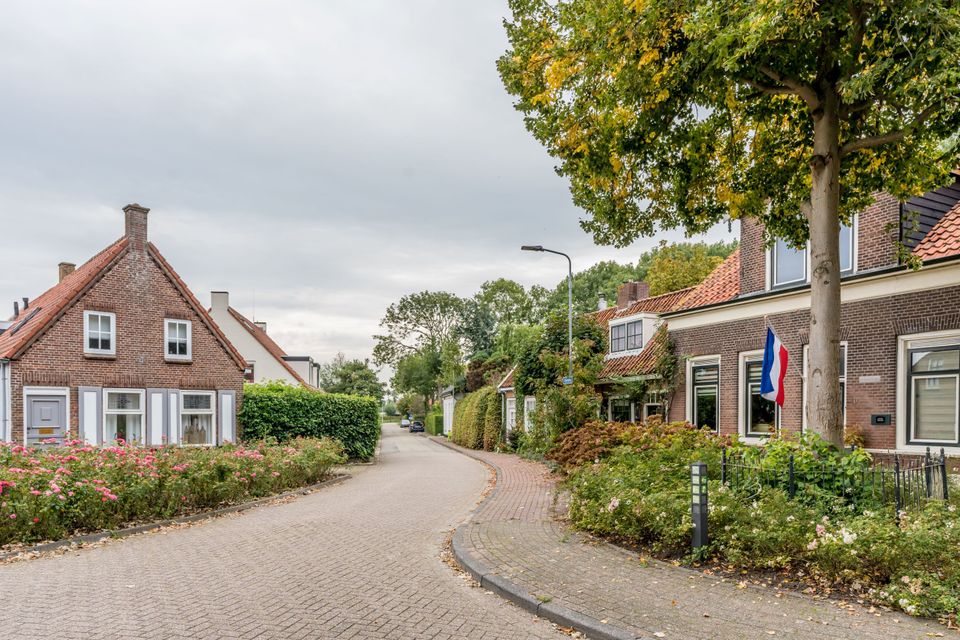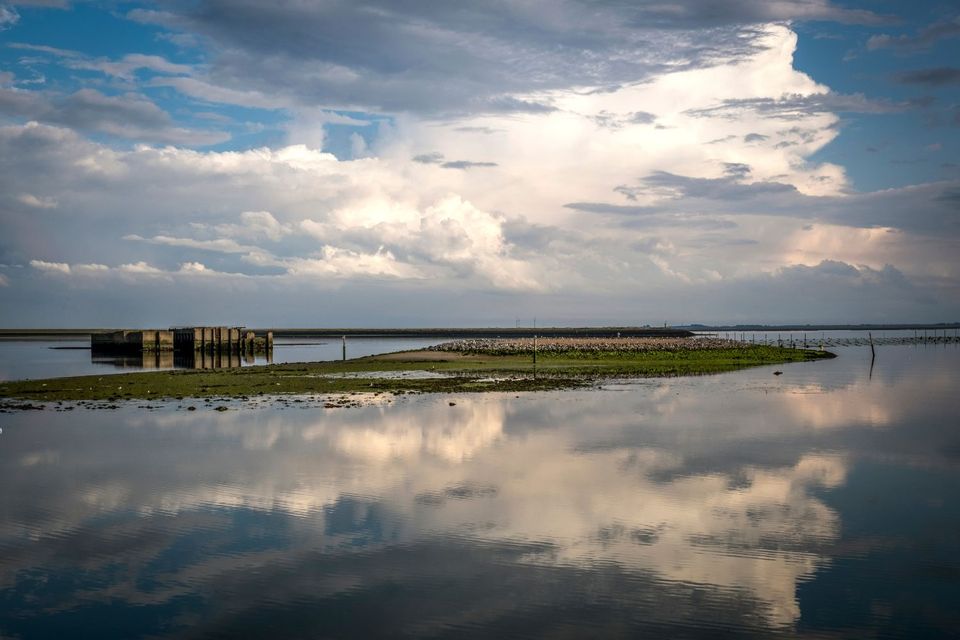Serooskerke
Serooskerke is a small and charming village on Schouwen-Duiveland, with approximately 265 inhabitants. The village features a characteristic ring structure, typical of old Zeeland villages. The landscape around Serooskerke consists of vast polders, green dikes, and the nearby Oosterschelde.
An important part of Serooskerke’s history is shaped by the North Sea Flood of 1953. During this disaster, the dike broke, causing widespread flooding and destruction. After the flood, the gap in the dike was repaired, leading to the creation of the Schelphoek nature reserve. This area, made up of creeks and mudflats, now provides a unique habitat for countless bird species and is a popular spot for hikers and nature enthusiasts.
Despite its small size, Serooske…
Serooskerke is a small and charming village on Schouwen-Duiveland, with approximately 265 inhabitants. The village features a characteristic ring structure, typical of old Zeeland villages. The landscape around Serooskerke consists of vast polders, green dikes, and the nearby Oosterschelde.
An important part of Serooskerke’s history is shaped by the North Sea Flood of 1953. During this disaster, the dike broke, causing widespread flooding and destruction. After the flood, the gap in the dike was repaired, leading to the creation of the Schelphoek nature reserve. This area, made up of creeks and mudflats, now provides a unique habitat for countless bird species and is a popular spot for hikers and nature enthusiasts.
Despite its small size, Serooskerke comes to life during the annual Straô festival, traditionally held on the third Saturday of March. During this folkloric event, Zeeland workhorses are ritually washed in the sea to cleanse them of evil spirits. The Straô festival is a lively celebration of traditions and an important social event for the village and the surrounding community.
Serooskerke offers a glimpse of authentic Zeeland, where nature, history, and tradition still go hand in hand. It’s a place where peace and culture meet, and where the traces of the past remain visible in the landscape. An ideal destination for those who enjoy walking, cycling, and discovering local customs.
Scan de QR-code hieronder voor de mobiele website
Contact
from your location


